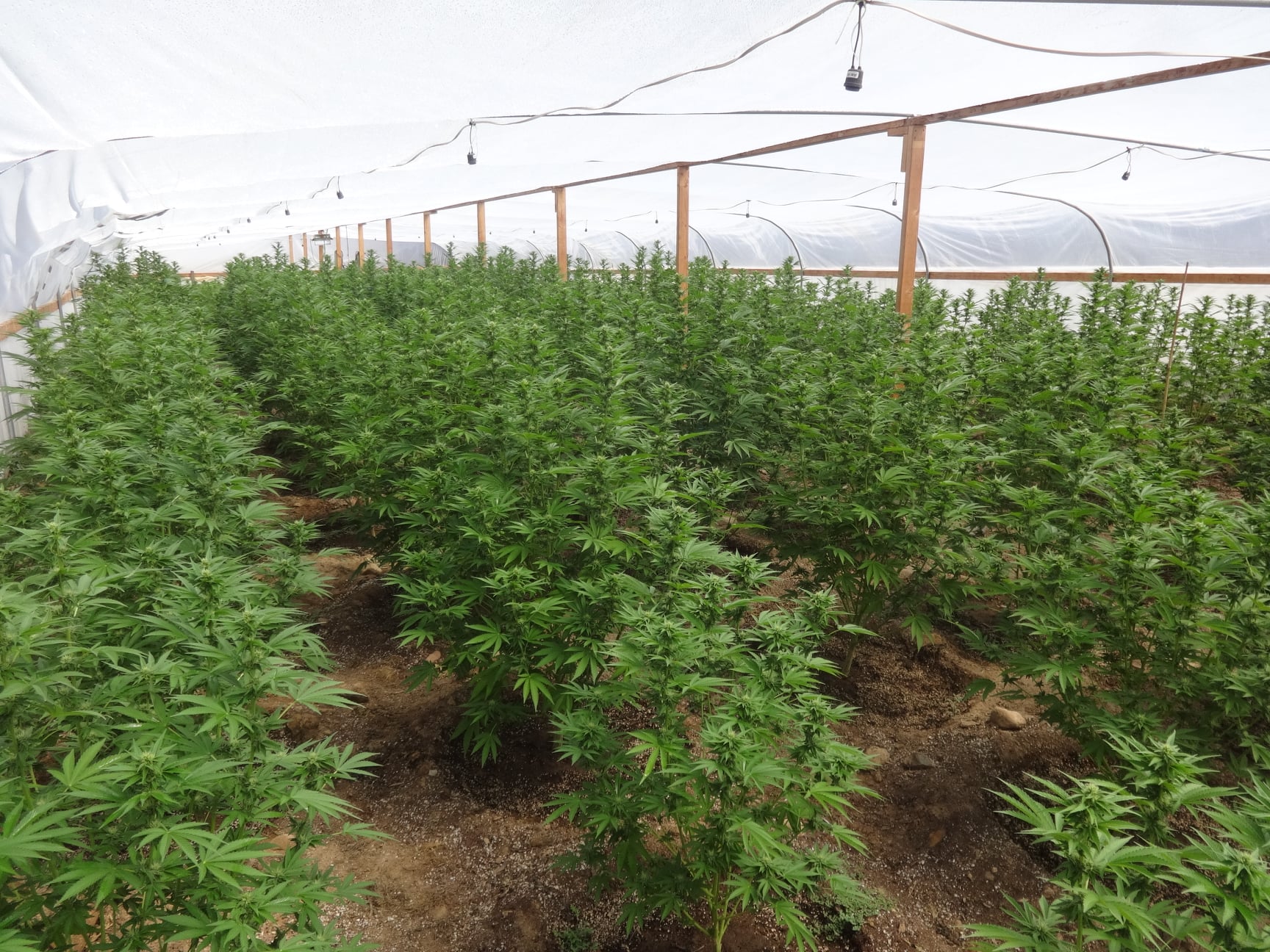Los Angeles County moved one step closer Tuesday to returning Bruce’s Beach — a piece of Manhattan Beach coastline stripped away from its Black owners nearly a century ago — to the descendants of Willa and Charles Bruce.
Supervisor Janice Hahn, who championed the plan to see the heirs take control of the property that was seized by Manhattan Beach through eminent domain, said work remains to be done.
“The governor signing SB 796 was a historic and pivotal moment in our effort to return Bruce’s Beach, but let’s be clear, that bill did not actually transfer the land,” Hahn said. “That is the sole responsibility of the county, and specifically, the responsibility of this board.”
Gov. Gavin Newsom signed the bill Thursday, appearing at the Manhattan Beach property with members of the Bruce family. The county transfer process will include legally confirming the rightful heirs, Supervisor Holly Mitchell explained.
“I am proud to support the return of Bruce’s Beach to the Bruce family heirs. Today’s motion gives the county the authority to accept the land back from the state and ensure we have a process for vetting potential heirs of the Bruce family. I am committed to doing all we can to get this right,” Mitchell said.
Both Hahn and Mitchell noted that this could be just the first in a long line of opportunities to try to right past wrongs, either here or across the country.
“This action provides us with the first of hopefully many opportunities to repair past harms,” Mitchell said. “I look forward to the county continuing to actualize our anti-racist policy agenda with significant steps like this.”
Hahn said others would be watching to see how the county manages the process.
“My goal over the next several months will be to transfer this property in a way that not only works for the Bruce family but is a model that other local governments can follow,” Hahn added.
The board directed the county CEO to coordinate with state officials to get the amended deed (for which the state has a year-end deadline) and work with staff from the Treasurer and Tax Collector’s Office to identify and vet potential claimants. The next step will be to sit down with the family to determine how best to transfer the property in a way that eases the property tax burden on the descendants when they take possession.
The state law gives the county the leeway to handle the transfer however it determines to be in the best interest of the county and the general public.
The public seizure of the Bruce’s Beach property has long stained the history of Manhattan Beach, particularly in the past couple of years amid a nationwide reckoning on racial injustice.
Jessa Williams, a Los Angeles resident and Black surfer, told the board it was about much more than this particular piece of land.
“The average white family has 10 times the amount of wealth as the average Black family, white college grads seven times more wealth than Black college grads,” Williams said. “No amount of personal responsibility, hard work or bootstrapping can erase this wealth gap, and this history paints a picture of how and why we’re here.”
Williams’ statistics are supported by research from the Brookings Institution.
“It’s more than just beachfront property that was taken, it’s generations of opportunity that was stolen,” she told the board.
Willa and Charles Bruce purchased their land in 1912 for $1,225. They eventually added some other parcels and created a beach resort catering to Black residents, who had few options at the time for enjoying the California coast.
Complete with a bath house, dance hall and cafe, the resort attracted other Black families who purchased adjacent land and created what they hoped would be an oceanfront retreat.
But the resort quickly became a target of the area’s white populace, leading to acts of vandalism, attacks on vehicles of Black visitors and even a 1920 attack by the Ku Klux Klan.
The Bruces were undeterred and continued operating their small enclave, but under increasing pressure, the city moved to condemn their property and other surrounding parcels in 1924, seizing it through eminent domain under the pretense of planning to build a city park.
The resort was forced out of business, and the Bruces and other Black families ultimately lost their land in 1929.
The families sued, claiming they were the victims of a racially motivated removal campaign. The Bruces were eventually awarded some damages, as were other displaced families. But the Bruces were unable to reopen their resort anywhere else in town.
Despite the city claiming the land was needed for a city park, the property sat vacant for decades. It was not until 1960 that a park was built on a portion of the seized land, with city officials fearing the evicted families could take new legal action if the property wasn’t used for the purpose for which it was seized.
The exact parcel of land the Bruces owned was transferred to the state, and then to the county in 1995.
The city park that now sits on a portion of the land seized by the city has borne a variety of names over the years. But it was not until 2006 that the city agreed to rename the park “Bruce’s Beach” in honor of the evicted family, a move derided by critics as a hollow gesture.







